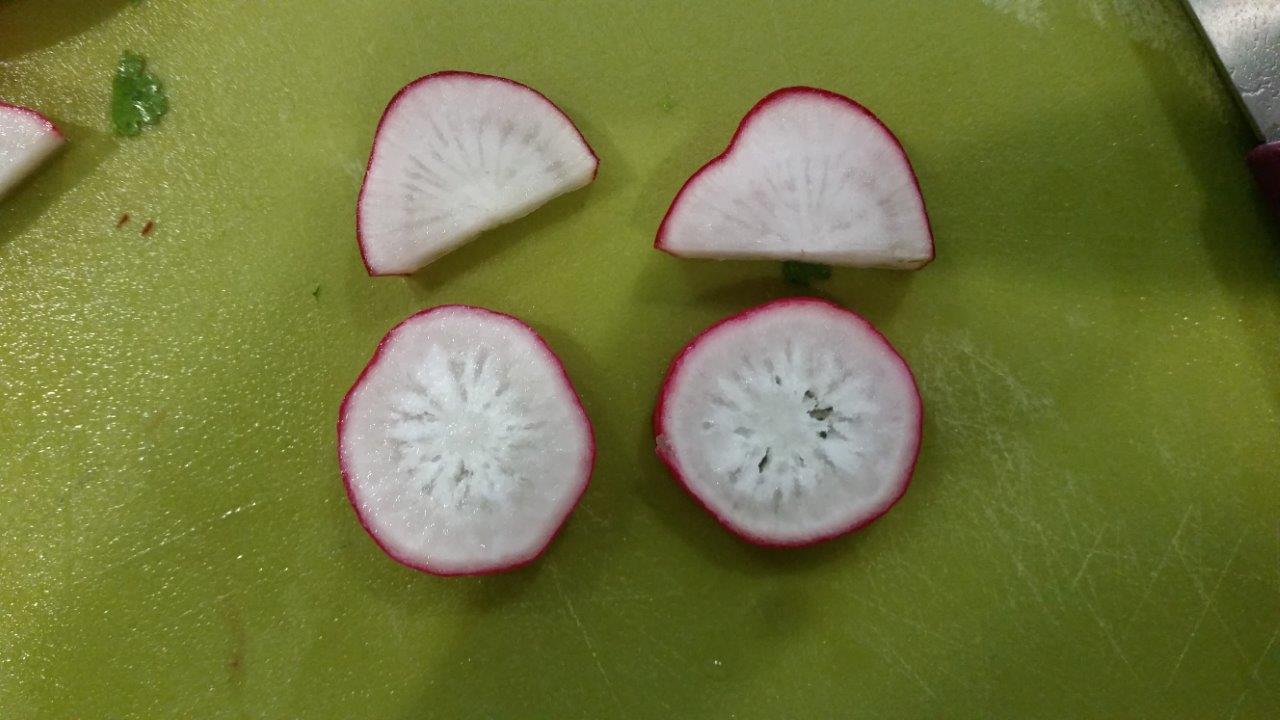So you’ve picked up a bunch of radishes from the grocery store with the intention of enjoying their crisp, peppery bite. But now, as you gaze at the bunch sitting on your kitchen counter, you start to wonder if they’re still good to eat. Don’t worry, we’ve got you covered. In this article, we’ll explore the signs of spoiled radishes, helping you decipher if those vibrant red roots are still fresh or if it’s time to bid farewell to your radish aspirations.
Signs of Spoiled Radishes
Have you ever come home from the grocery store, excited to use your fresh radishes, only to find that they have gone bad? It can be frustrating and disappointing, especially if you were looking forward to adding that crisp and peppery flavor to your salads or dishes. But fear not! In this article, we will explore the various signs of spoiled radishes, enabling you to detect them with ease. From visual inspection to texture changes, odor, color changes, mold growth, sliminess, taste, storage life, purchasing tips, and even how to use spoiled radishes, we’ve got you covered!
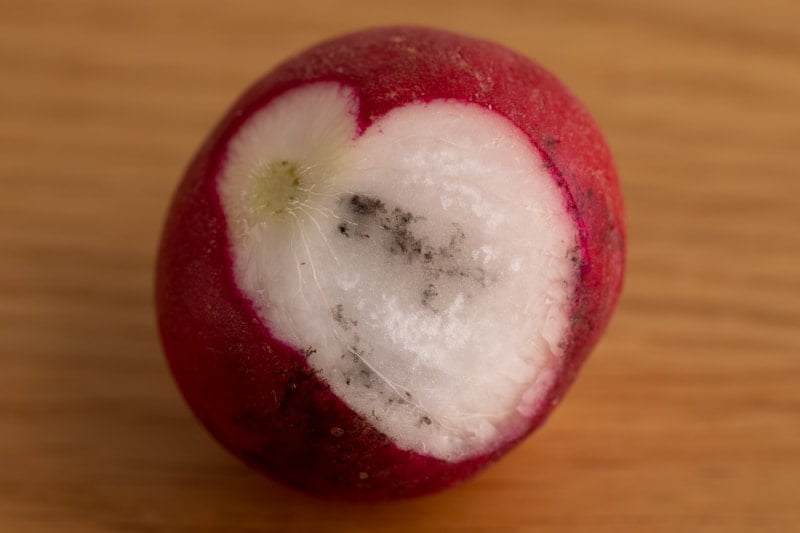
Visual Inspection
One of the first things you should do when checking if your radishes are spoiled is to visually inspect them. Healthy radishes should be firm, plump, and have a vibrant red or pink hue, depending on the variety. If you notice any shriveling or wrinkling of the radish skin, it is a clear indication that they are past their prime. Additionally, if you see any dark or black spots on the surface, it is a sign that spoilage has already begun. Remember, fresh radishes should look appealing and appetizing.
Texture Changes
The texture of a radish is another indicator of its freshness. When radishes are fresh, they have a crisp and crunchy texture. However, if they have gone bad, you will notice a significant change in their texture. Spoiled radishes become soft and mushy, almost rubbery in consistency. If you find that your radishes have lost their initial crunchiness and feel slimy to the touch, it’s a clear sign that they are spoiled.
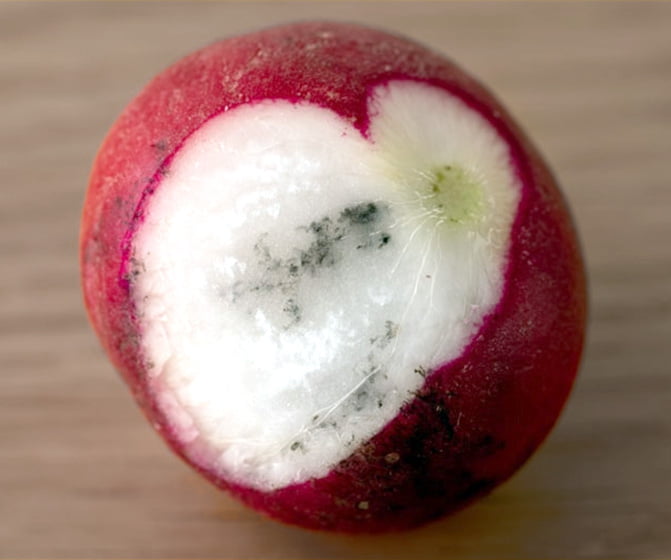
Odor
Another telltale sign of spoiled radishes is a foul odor. Fresh radishes have a mild, earthy smell, which is entirely normal. However, when radishes begin to spoil, they emit an unpleasant, pungent aroma. If you detect a strong and rotten odor when you open the bag or container of radishes, it’s a clear indication that they are well past their prime and should not be consumed.
Color Changes
While radishes are primarily known for their vibrant red or pink color, there are other varieties such as black radishes or white radishes. Regardless of the color, a significant change in the radish’s hue is a sign of spoilage. If you notice any discoloration, such as brown spots or a dull and faded appearance, it indicates that the radishes are no longer fresh. Keep in mind that discoloration may also occur if the radishes are stored improperly for an extended period.
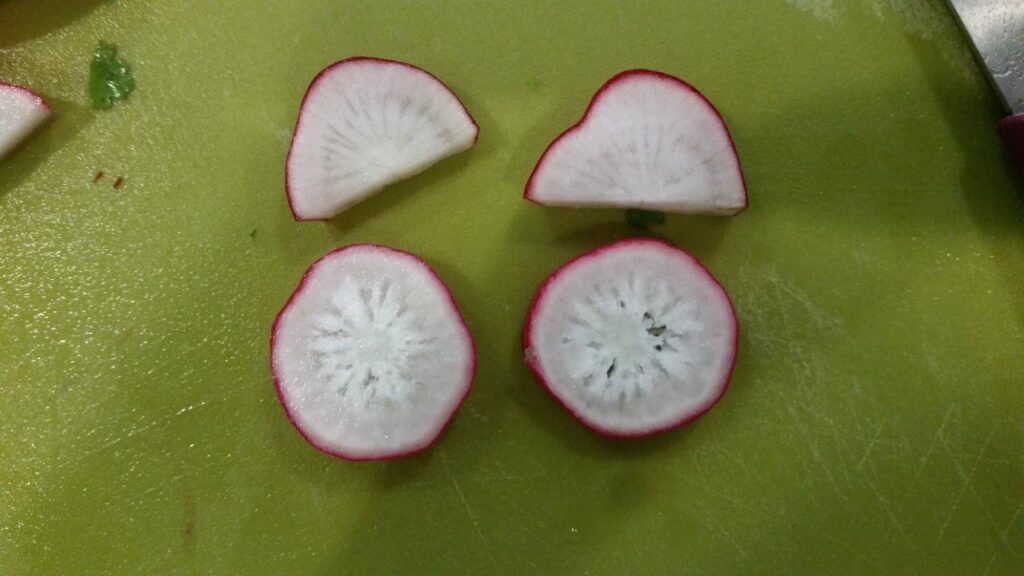
Mold Growth
One of the most obvious signs that radishes have spoiled is the presence of mold growth. Mold can appear as fuzzy patches or even a powdery substance on the surface of the radishes. It is critical to remember that mold can pose health risks, so it is crucial to discard any radishes showing signs of mold growth. If you see green, white, or blue patches on your radishes, it’s a clear indication that they have become contaminated and are no longer safe to consume.
Sliminess
Sliminess is a common textural change that occurs when radishes spoil. If your radishes feel slimy or have a slippery texture, it is best to discard them immediately. This sliminess is an indication of bacterial growth, and consuming such radishes can lead to gastrointestinal issues. Remember, fresh radishes should have a crisp and firm texture, not a slimy one.

Taste
The taste of a radish is an excellent indicator of its freshness. Fresh radishes have a peppery and slightly spicy flavor that adds a delightful punch to salads and other dishes. However, if your radishes taste bitter, sour, or have an off-putting flavor, it is a sure sign that they have spoiled. Consuming spoiled radishes can lead to an unpleasant experience and potential foodborne illnesses, so it is crucial to trust your taste buds when it comes to radishes.
Storage Life
Radishes are a root vegetable that can be stored for a reasonably long time if proper storage methods are used. Fresh radishes, if stored correctly, can last up to a few weeks in the refrigerator. To extend their storage life, it is essential to remove the green tops, as they tend to draw out moisture from the radishes. Place the radishes in a perforated plastic bag and store them in the vegetable crisper drawer of your refrigerator. Regularly check on the radishes and remove any spoiled ones to prevent the spread of spoilage to the rest.
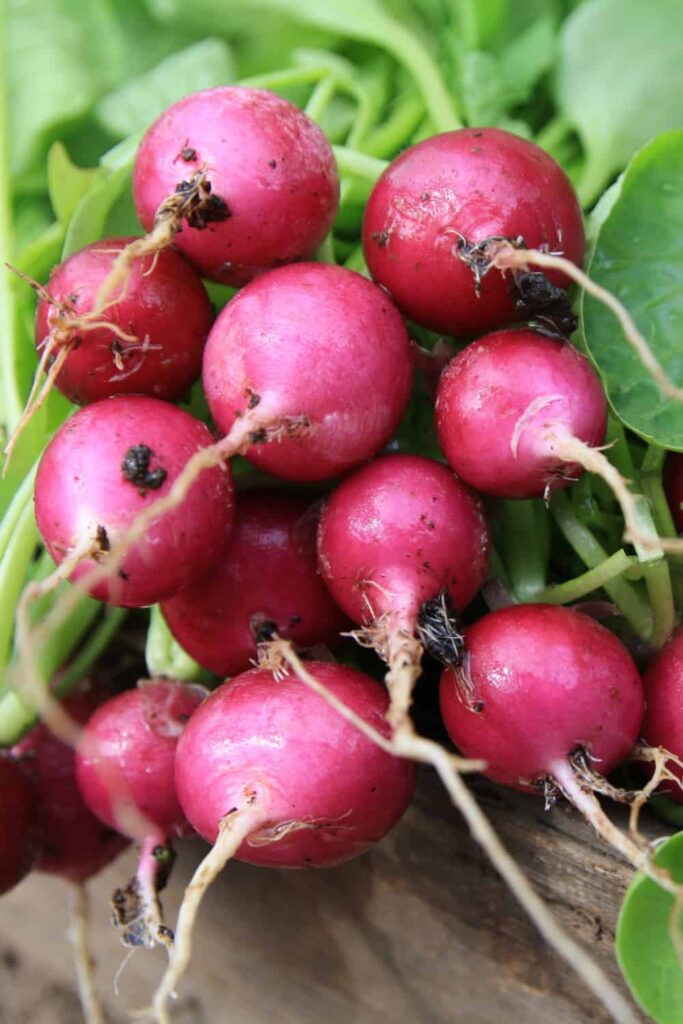
Purchasing Tips
When purchasing radishes, it is essential to choose fresh and healthy ones to avoid future disappointment. Here are a few tips to keep in mind when buying radishes:
- Look for radishes that are free from blemishes, spots, or discoloration.
- Ensure that the radishes are firm and plump to the touch.
- Avoid radishes with wilted or shriveled tops.
- Select radishes with vibrant colors, whether they are red, pink, black, or white.
- If buying radishes with the greens still attached, make sure the greens are fresh and green.
Following these purchasing tips will increase the likelihood of bringing home fresh radishes that will last longer and provide optimal flavor to your dishes.
Using Spoiled Radishes
While it is always disappointing to find that your radishes have spoiled, there are still ways you can make use of them instead of simply discarding them. If the radishes are only slightly spoiled and not moldy, you can salvage them by cooking them. Sauté them with other vegetables, or roast them to bring out a slightly different flavor profile. Remember to remove any spoiled or moldy parts before using the radishes in your dishes. Repurposing spoiled radishes reduces food waste and ensures that you get the most out of your ingredients.
In conclusion, spoiled radishes can be easily identified through visual inspection, changes in texture, odor, color, presence of mold growth, sliminess, and unpleasant taste. By familiarizing yourself with these signs, you can avoid consuming spoiled radishes and ensure that you enjoy the freshest produce possible. Moreover, storing radishes properly and following purchasing tips can help extend their shelf life and maintain their quality. So next time you handle radishes, remember these helpful tips to ensure that your culinary creations are bursting with the fresh and vibrant flavors of these delightful root vegetables!
